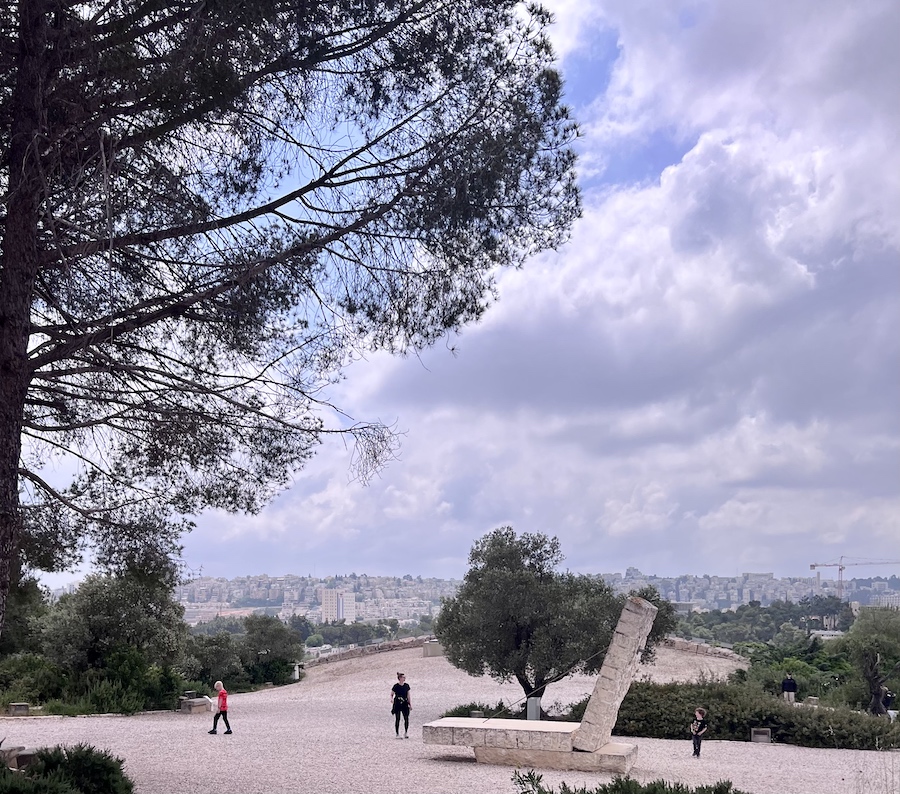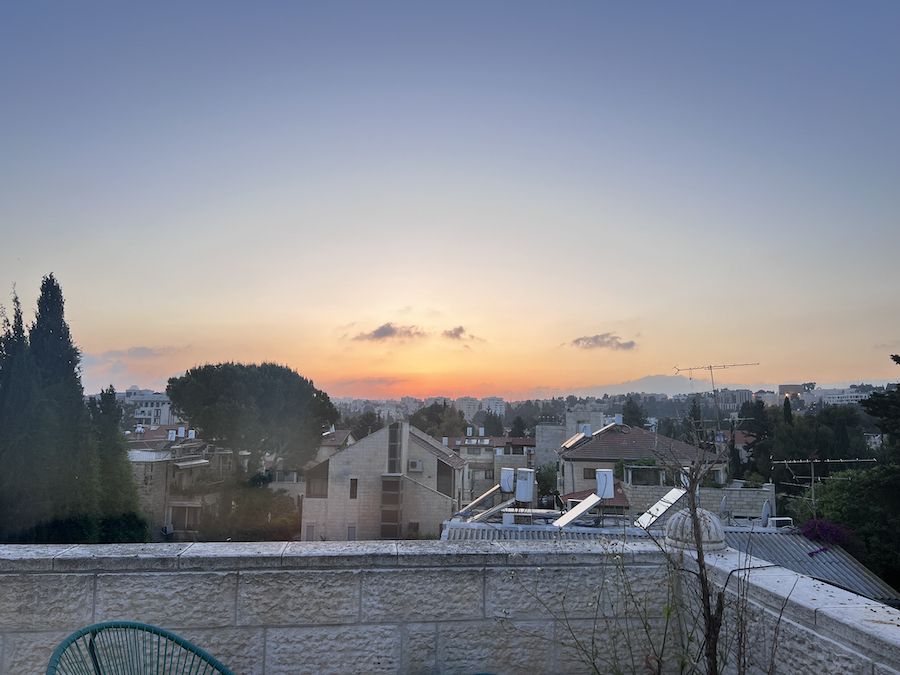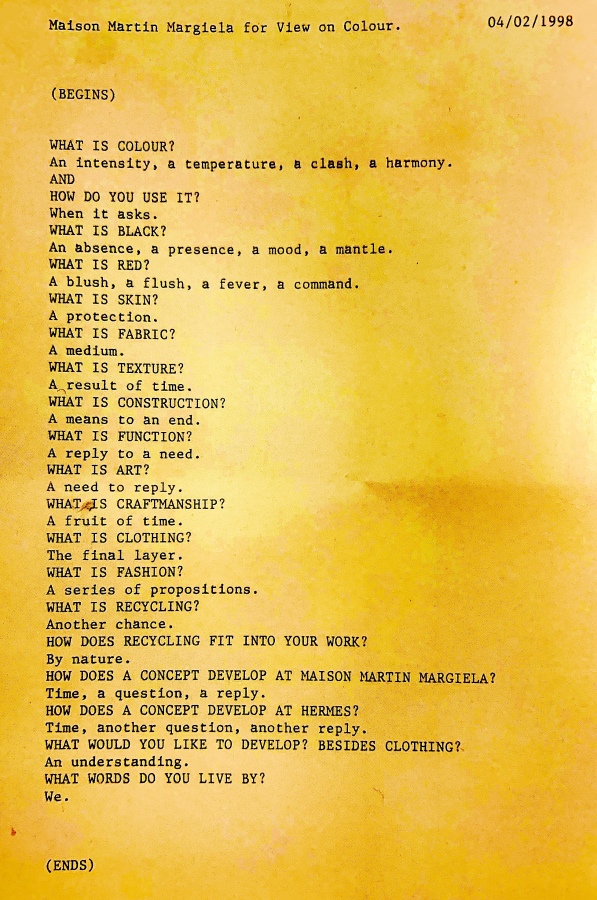
The city most ancient, all prophets respect,
Where history and heavens connect,
Jerusalem: White City on high,
Graced eternal ‘neath endless skies.
Bedrock of stone stronger than Samson,
One building material binds heroes to grandsons,
Each block a spell disguising growth,
More cars and cranes so little loath’d.

Its creamy white coat, an ancient poem,
Whispering languages, forever woven.
Jerusalem stone, your spirit is law,
Since 1918i until long after we’re gone.
The law,ii the stone, their purpose twine’d,
Propose,iii protect, and remind,
Of a Jerusalem, forever fighting,
A testament to the ties uniting.
Where past and future proudly meet,
In this ancient city, where prophets keep,
Brick upon brick, layer upon layer,
Each building bears a silent prayer.
Jerusalem of stone.

- Per Chat:
The Jerusalem stone law, also known as the “Jerusalem Law,” is a municipal law in Jerusalem that was passed in 1918 during the British Mandate period. It requires that all buildings in the city be faced with Jerusalem stone, a type of pale limestone, dolomite, and dolomitic limestone, which is abundant in and around the city.
The law was originally passed to preserve the unique, historic aesthetic and character of Jerusalem. The light color of the stone has given Jerusalem its nickname, “The White City.”
The specific regulations regarding the use of Jerusalem stone have evolved over the years. In its current form, it requires that at least the front of new buildings and major renovations must use Jerusalem stone in their facades. The exact percentage of Jerusalem stone required and the particular types of stone allowed can vary depending on the specific building codes and zoning rules of different parts of the city.
- There’s something about Jerusalem and laws that’s a hand in a glove:
Leo Strauss was a strong proponent of liberal arts education, and yet he was also aware that it is not for everyone. Socrates was put to death because most people, rightfully prefer myth to critical thinking. Strauss understood that Athens and Jerusalem are two competing ideals, two mutually exclusive models, for organizing society. Athens espouses the ideal of negative capability, but Jerusalem espouses the ideal of obedience to the Divine Law. […]
What Jonathan Haidt calls “safetyism” (the rejection of negative capability) Strauss would simply call Jerusalem. “Intersectionality” is a new catechism, demanding a priori faith. It is the mirror-image of Catholic integralism. You cannot reason to it. One simply takes communion and joins the body of the faithful. Jerusalem is alive and well. The problems we face as a society, then, are not new. […]
The ability to stand for liberal arts values rises and falls with the cultural popularity of liberalism. […] The liberal arts are in decline not primarily because of STEM’s ascendancy, not simply because humanities programs are being defunded, and not because deconstruction has dug its own grave—these are co-morbidities—but because liberalism itself is unfashionable.
via Zohar (emphasis added). Is it any wonder that The White City is exploding in population? ↩
- It’s all about propositions, id est “we“! Just ask Margiela:


[…] a Swiss watch – I mean, if that’s your thing, go nuts I guess – but for someone who cares deeply about history, culture, and human flourishing in all its shapes and sizes, doesn’t have any excessively […]
[…] most spiritual of systems needs to concentrate physically somewhere – whether that’s Jerusalem or Vatican or Giza or Mecca or Davos – which is why BAYC/MB primary value prop was […]